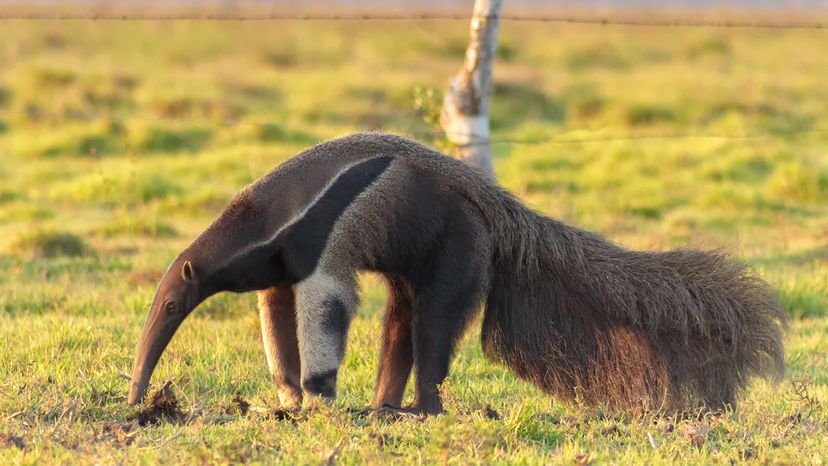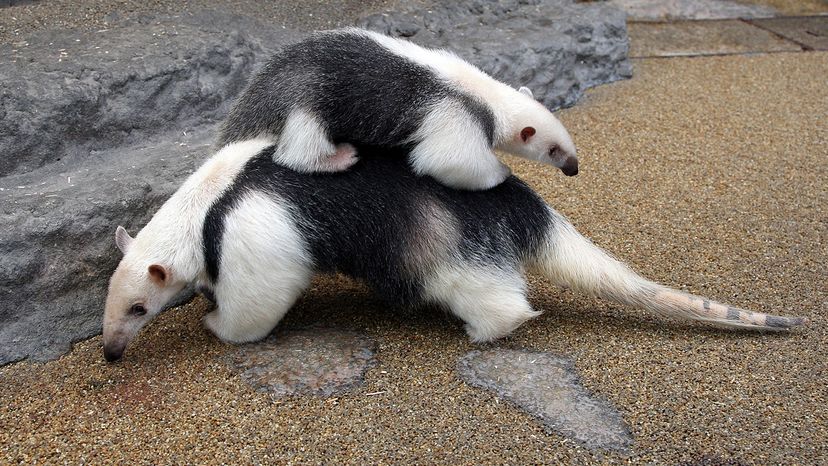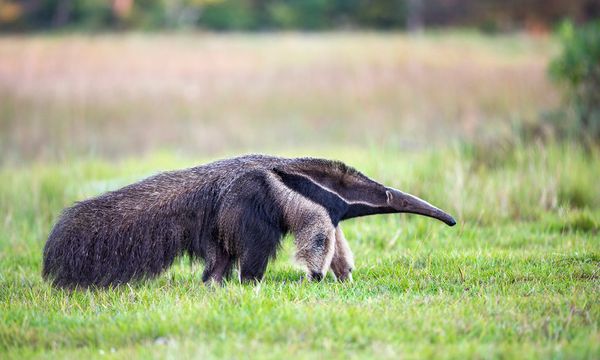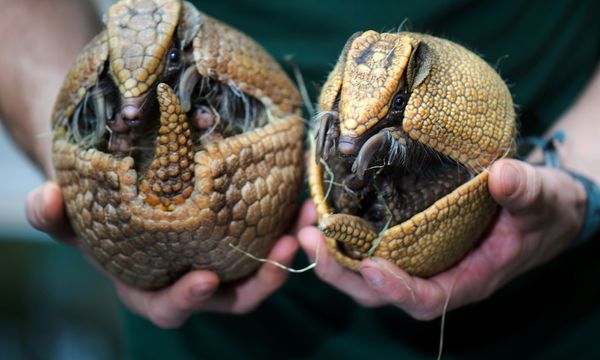
When you think of an anteater, a quirky-looking mammal with specialized attributes and adaptations for eating ants and termites probably springs to mind. But there are many things you might not know about this toothless, insect-eating mammal found in tropical savannas and forests from Southern Mexico to Paraguay and Northern Argentina. For instance, are you aware that there are four recognized species of anteaters that all vary in size and shape? These include the silky anteater, northern and southern tamandua, and the most well-known of the species, the giant anteater (also known as the "ant bear").
"Overall, the giant anteater's body size is comparable to that of a Labrador retriever," says Rick Schwartz, a global ambassador for California's San Diego Zoo, in an email interview. "The hairs on the body and tail are dense and coarse, with the tail being almost as long as the body, and the hairs are long and flow downward. The head is very long and narrow, and the face slopes down to a very long snout that ends with a nose and small mouth on the end. Coloration varies from region to region, but in general, anteaters are grayish brown with black markings."
Advertisement
Some other interesting tidbits about giant anteaters, according to Schwartz: Their sense of smell is about 40 times more sensitive than a human's sense of smell, which is good for sniffing out insects; and at 91 degrees F (32 degrees C), they have one of the lower body temperatures found in mammals, which probably has to do with their low-calorie diet of insects. And although they're not listed as endangered, he adds, it's estimated that there are only about 5,000 giant anteaters living in native habitats.
Here are eight more really cool things to know about anteaters.
Advertisement


